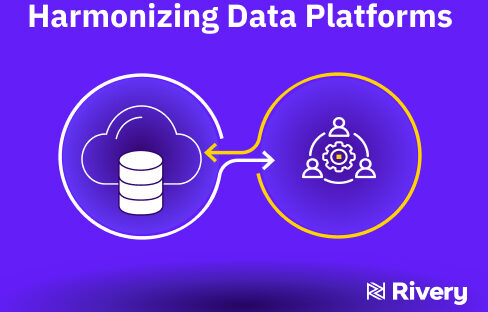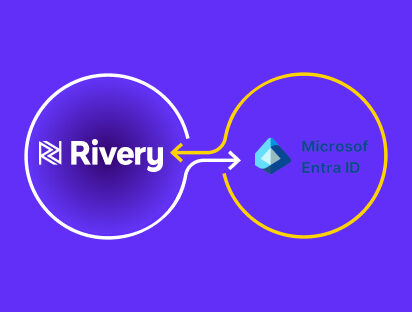Congratulations. At this point you’ve decided to move forward with a cloud migration.
It’s a big step which will help your business become more data-driven and efficiently manage your company’s data with a centralized warehouse that has all the upside the cloud provides to scale and grow your operation seamlessly.
So what’s next? How do you engage your business stakeholders to make sure it’s a successful venture?
Here are four key considerations to take into account. These are particularly important if you are responsible for rolling out the migration process.
After all, this data will be used across many teams and ensuring a smooth rollout will be crucial to deliver a product on time, on budget, and without hiccups. What’s more, these will ensure all the relevant stakeholders are fully immersed in the process and business continuity isn’t disrupted.
1. Build vs. Buy
Is your organization equipped in-house to manage the whole rollout? Does your company have the resources to build the solution internally?
There are multiple external services providers that can get contracted and also many experts in the field that can become powerful consultants to manage the process if you don’t have the skills or expertise in-house.
It is fairly common to get some extra help from cloud migration experts or companies that specialize on managing these transitions. Often, companies will build some elements, and outsource others. Have a good look at what the missing skillset is so you take into consideration any external help you might need to manage the process successfully.
2. Onboarding Users
Different users will have different levels of responsibility in the migration initiative. It’s extremely important to onboard them and define a strategy that clearly takes into account the varying levels of involvement.
IT, DevOps, BI Teams, Finance, Marketing, or any other team that deals with data might have to be involved – and with each team or function having different levels of knowledge and responsibility, it’s important to map out who your stakeholders are, what the migration process will require from their respective roles.
Planning this upfront and communicating it well from the get go will be essential – nobody likes a last minute task or a surprise without prior notice or context!
3. Synergies Between Data Silos
Cooperation between data silos helps ensure optimal working processes. Consider how functions might overlap and use this as a point of strength. Cloud migration initiatives often also aim to unify and centralize data processes, which means this is a great starting point for cooperation between data silos.
Spend some time analyzing and leveraging those cross-functional overlaps. This will also help people understand the value of migrating data to the cloud and shed a light on work duplication, helping colleagues avoid repetitive tasks.
4. Training Resources Communication
It is really important to arm your organization with the resources and collateral that describe key tenets for ongoing success. This becomes particularly important if people join or leave the organization during the migration process.
Don’t assume people will know what to do! In addition, ensure you communicate the importance and the value of the cloud migration project. There should be both support and communication from the top down. Organizational alignment with ongoing updates is essential to convey and disseminate the importance of this initiative.
Hungry for more knowledge? Learn more from the experts on how to devise, plan, and execute a cloud migration on this On-Demand Webinar with all the key steps to succeed.
Can't miss insights
Minimize the firefighting. Maximize ROI on pipelines.





